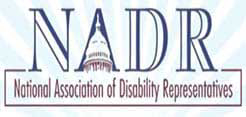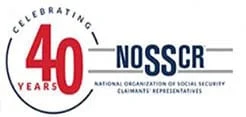The Railroad Retirement Board (RRB) was formed in 1937 by the U.S. Congress. At the time it was created, the use of railways was overly popular in California and the pensions that private railroad companies offered were inadequate for the risks that workers in Whittier and other parts of the state faced. The expectation was that the RRB would operate similarly to how the Social Security program does.
To qualify to receive benefits as part of the RRB program, rail workers who worked before 1995 need to have spent at least 10 years working on the railroad. If they performed their job after that, then they only need to have spent five years to qualify to take part in RRB.
Anyone who fails to meet the required years of service requirement can have their funds rolled over into their Social Security account.
If you participate in the RRB program, then you must wait until you’re either 65 or 67 to retire if you want to receive full benefits. Otherwise, you are entitled to draw partial benefits starting at the age of 62.
Those who qualify to receive Tier I retirement benefits as part of the RRB program will receive a similar amount to what they would have received from the Social Security Administration (SSA). The amount that a Tier 1 RRB recipient receives is determined by taking a rail worker’s highest earnings across a 35-year career.
Tier II operates a little differently from Tier 1. The former participates in a defined-benefit pension plan. It’s through their participation in this program that they receive guaranteed payments relative to how many years of service that they’ve provided.
The RRB offers disability payments much as the SSA does. To qualify for these benefits, a rail worker must have accrued 20 years of service and have an existing job with the railroad. Those who are over the age of 60 only need to have 10 years of service.
RRB spousal and survivor benefits also exist. Recipients have to meet additional qualifying criteria to be eligible for these.
Individuals who apply for Social Security Disability Insurance (SSDI) often have their application for benefits denied on their first try. The Railroad Retirement claims process operates much the same way. If you want to give your application the best chance of getting approved, then a Railroad Employee Retirement Benefits attorney can help you navigate the system.




